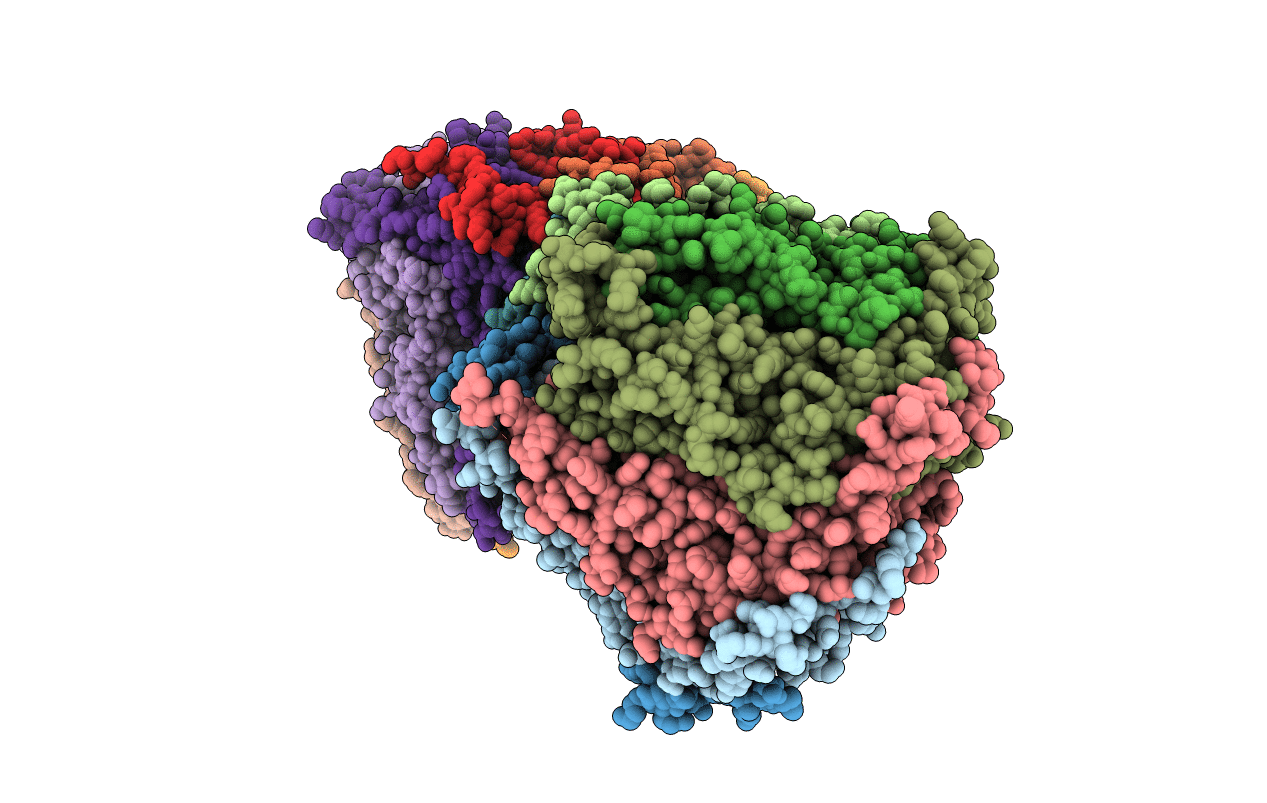
Deposition Date
2018-05-15
Release Date
2019-08-07
Last Version Date
2023-10-11
Entry Detail
PDB ID:
6DFK
Keywords:
Title:
Crystal structure of the 11S subunit of the Plasmodium falciparum proteasome, PA28
Biological Source:
Source Organism:
Plasmodium falciparum (Taxon ID: 36329)
Host Organism:
Method Details:
Experimental Method:
Resolution:
3.10 Å
R-Value Free:
0.22
R-Value Work:
0.18
R-Value Observed:
0.18
Space Group:
P 31 2 1


